If you ever searched for Korean language learning apps, you would have known Duolingo. After all, it is the most popular language-education platform for studying various languages, including Korean.
Speaking from personal experience, learning a language like Korean is never simple. There is a reason various research and studies view Korean as a difficult language.
You’ll be puzzled about the proper usages, unfamiliar phrases, honorifics, and pronunciations. It becomes harder if you study on your own.
Some market players rightly identified the need for effective platforms for complex languages like Korean. So, they’ve created intelligent mobile apps, desktop software, and SaaS to help your language learning journey.
One such language education platform is Duolingo. This is a well-known language-learning website and mobile app worldwide.
But is Duolingo good for learning Korean? Does it really work, and is it worth your time? Should you consider the Super plan?
With this Duolingo Korean Review 2024, I will give my honest opinion and explain its pros and cons. You will know what you can and cannot learn. All this will help you make the right decision.
Now, it’s time to get started!
TABLE OF CONTENTS
- About Duolingo
- How does the Duolingo Korean app work?
- Can one learn Korean with Duolingo?
- Top Features
- Pros and Cons of Duolingo Korean
- The cost of Duolingo
- Final Review of Duolingo — Rating 3.0 / 5
About Duolingo
Duolingo is the most famous language-learning education platform. As of 2024, it offers over 100 courses in almost 40 languages.
After selling reCAPTCHA to Google, Professor Luis Von Ahn founded this company with his Ph.D. student Severin Hacker. The academic project at Carnegie Mellon University in Pittsburgh gave birth to Duolingo in 2009.

Tapping to the massive demand for language learning apps, it became prevalent and downloaded by over 100 million users over many years.
The headquarters is in Pittsburgh, Pennsylvania, USA. They also have a few more offices in Beijing, Berlin, Seattle, and New York.
In the early pre-IPO fundraising rounds, it raised $183.3M, according to Crunchbase. When writing this review of Duolingo Korean, it has a market cap of USD 3.80 Billion and is listed on NASDAQ.
How does the Duolingo Korean app work?
With 10.7 million Korean learners, it is Duolingo’s 4th most-studied course. All lessons are free for everyone. This is because it relies on volunteers from all over the world to help build programs.
Duolingo uses an inductive and implicit teaching strategy to teach its users. Both methods are comparable to how we learn our first language as children.
Inductive education is the learning process by doing. However, the implicit technique allows students to uncover patterns without paying much attention.
Gamification is the cornerstone of Duolingo. Colorful visual design, lovely pictures, progress bars, ticks, and clicks are all part of their development process to make it fun.
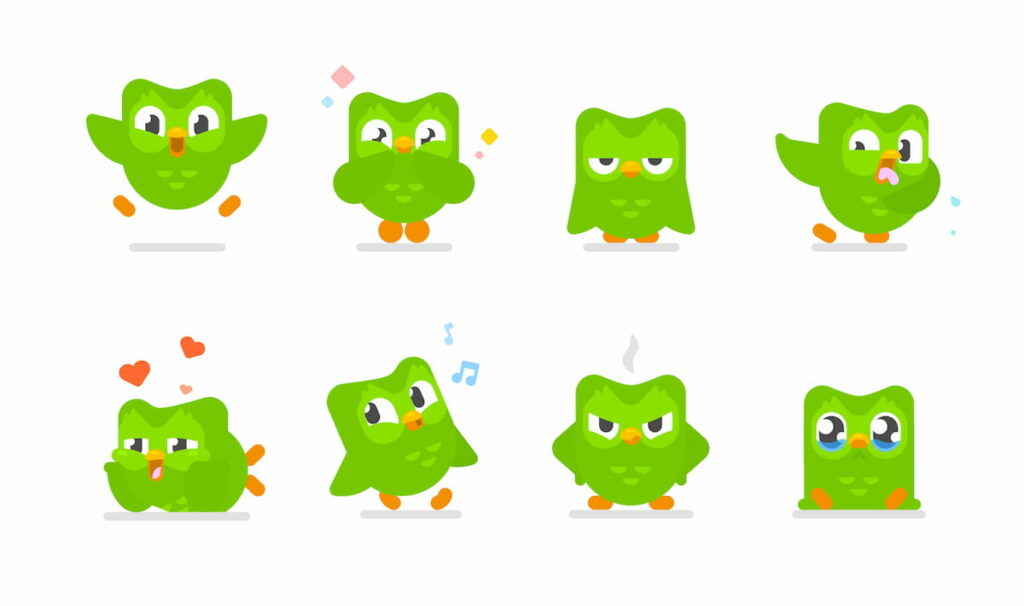
When you study on Duolingo, you gain experience points (XP). You earn points by completing lessons, placement exams, quizzes, skill practice, etc.
You get rewards such as Gems and Lingots. Then you use it to buy streak freeze, heart refill, streak wagers, double or nothing, outfits for Duo, and bonus skills like proverbs, idioms, and flirting expressions.
This app pulls users away from traditional approaches like lectures and reading-based courses. Instead, you study and practice with data with no explanation. And then you reply to questions about it immediately.
Simply put, the program allows you to guess until you get it correctly, even if you don’t know why.
The Duolingo content does not go into great detail about grammatical rules. With no idea about tricky language rules, the courses might be a trial-and-error guessing game.
This method may benefit some people but appears inefficient for most others.
How to register?
Signing up is simple and takes only three steps. First, you create and register for a free account at Duolingo.com. You can do this using Google, Facebook, or any email account.
Then, pick whether you already know some Korean or start from zero.
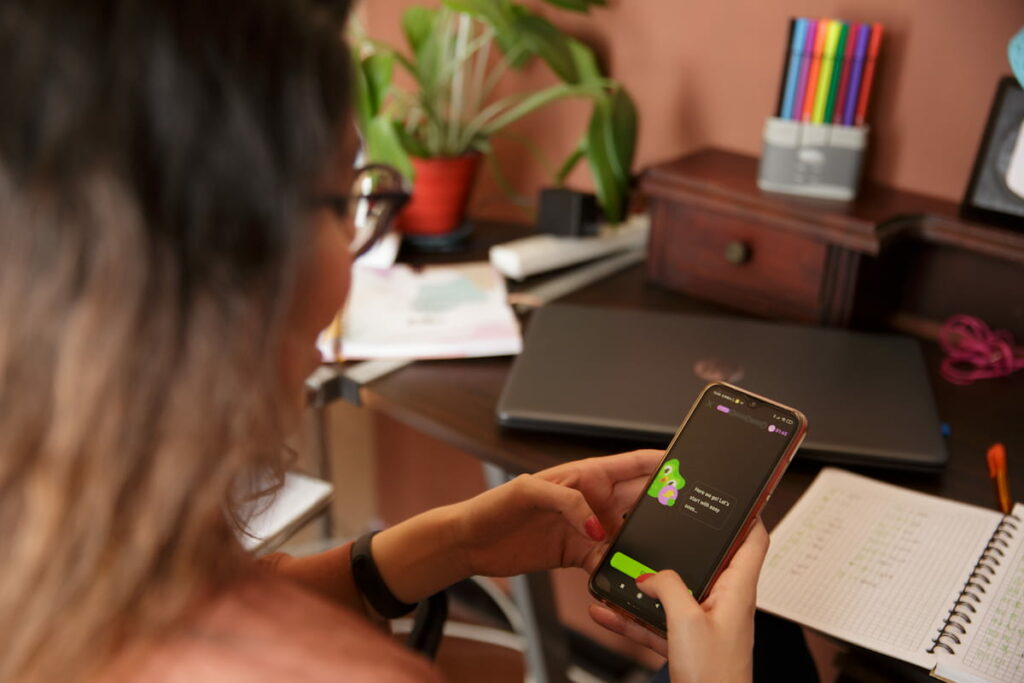
If you already understand some Korean, you can take a placement test to measure your existing skills. The test design is such that you will get more simple or complex questions based on your answers.
Finally, based on your performance, it gives the right level that fits you.
You also have to give reasons why you want to learn Korean. For example, to support your school study, career options, cultural aspects, travel, family and friends, brain training, etc.
You can then select between Casual (5 minutes), Regular (10 minutes), Serious (15 minutes), and Intense (20 minutes). You can decide your daily goals and free time.
That’s all. It will just take a few minutes to finish the onboarding process. Then, finally, you can start studying and practicing game-like bite-size tasks.
Can one learn Korean with Duolingo?
There are three categories of Korean vocabulary.
This includes native Korean, Sino-Korean, and other foreign loanwords. Native Korean words are terms with ancient Koreanic roots.
In Sino-Korean, Chinese terminology is used. But, to your surprise, Sino-Korean origin make up 60% of present Koreans.
It’s simple to tell which words are Native Korean and which are Sino-Korean while reading a combined Hanja and Hangul alphabet.
A handful of borrowed words are also found in the Korean language. And most of them are now English-derived.
It may help to expand your vocabulary. The Duolingo Incubator, for example, is where multilingual volunteers create language courses. Korean course, according to this site, has nearly 3,000 words.
Duolingo Korean covers the most frequent vocabulary and phrases for communicating. And also for writing fundamental concepts and ideas in the present, past, and future tenses.
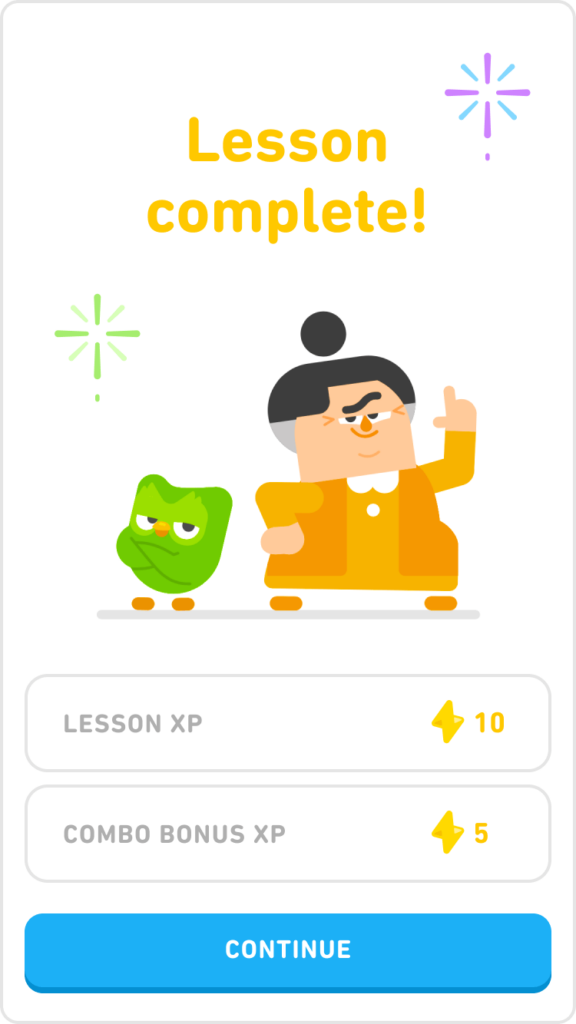
They organize lessons into topics to make learning more convenient. It also enables you to practice vocabulary relating to a topic.
The app gradually teaches extra words and fine-tunes difficulties based on your ability level. These challenges range from “not too easy” to “not too challenging.”
As a result, it’s a helpful resource to expand your vocabulary and learn unfamiliar phrases and sentences.
As for grammar, Korean is an SOV language (subject-object-verb). Thus, as an outcome, every Korean phrase must end with a verb.
Duolingo does not do an awe-inspiring job with its grammar teaching methods. Instead, it is heavy on exercises that rely more on memory than thinking.
This approach works for vocabulary learning. But grammar becomes heavily contextualized instead of a wholesome learning experience.
Respect for your elders and bosses is paramount in Korean culture. So, the honorific system, or degrees of speech, is immensely significant in the Korean way of living. It conveys respect and formality to the people you communicate with or about.
If you’re speaking about someone senior or elder, use an honorific by replacing nouns, verbs, or adjectives with courteous forms. Otherwise, you’ll come out as rude.
Also, per their culture, Koreans use formal or casual speech depending on the occasion. Therefore, it displays respect for the people they speak to or about by utilizing the speech levels.
There are seven levels of politeness in Korean. Fortunately, you’ll only need to learn 3-4 for everyday conversation.
Changing the politeness of your verb and adjective conjugation would be best. This depends on who you’re conversing with.
Honorifics, a concept that might deter foreigners from learning Korean, are hard to grasp because of a lack of clarity and structure.
The Korean lesson on Duolingo contains regularly used speech levels like “formal polite” and “polite” at random. But, more crucially, three lessons teach another speech level and help you practice honorific forms.
Still, the lessons don’t specify which speech level to use in the exercise.
To summarize, Duolingo is fine if you do not have high expectations and only aim to study and practice some words and phrases.
Beyond that, try other resources like teachers, books, video lessons, and Korean language learning podcasts, to name a few.
Top Features
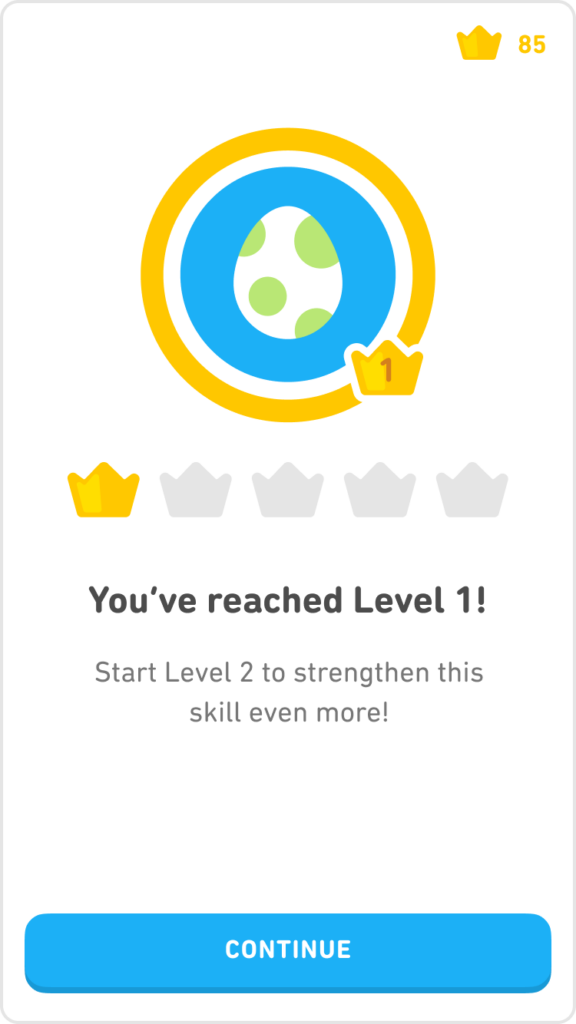
Duolingo Korean app has a primary ‘learn’ page. This is the one that shows all the skills that you would have to practice. Also, the Discuss tab directs you to the Duolingo forum, which is quite active and informative.
You may also go straight to the forum from an exercise. When you get an incorrect response, you can report a bug in the app or web or post a topic on the platform to debate it.
Duolingo can compensate for some of its lack of explanations for this function. The conversations are informative, and members give helpful answers. From meetups to discussions, all possible here.
You may spend your hard-earned Lingots in the Shop tab. Further, an extra timed practice task and engaging subject lessons are available in the Shop.
You may also buy “streak freezes,” which allow you to continue your study and streak even if you skip a day. Apart from this, there’s not much more to do with your lingots.
Duolingo Events, a dictionary, and a bank of the words you’ve learned so far may all be found under the More tab. The lexicon is also relatively simple.
Although it’s suitable not to leave the site to search for anything, I never used it.
Duolingo has incorporated a leaderboard tool to provide a sense of friendly rivalry. If you have buddies who use the app, you may compete with them. This is how the game Duolingo works.
Pros and Cons of Duolingo Korean
Like any other language learning app, Duolingo has its own share of advantages and disadvantages.
A few are generic and are valid for nearly all language apps. But most of the listed pros and cons are Duolingo-specific. It is also subjective and depends on user goals and requirements.
3 Benefits
Here are 3 apparent positive aspects of Duolingo Korean.
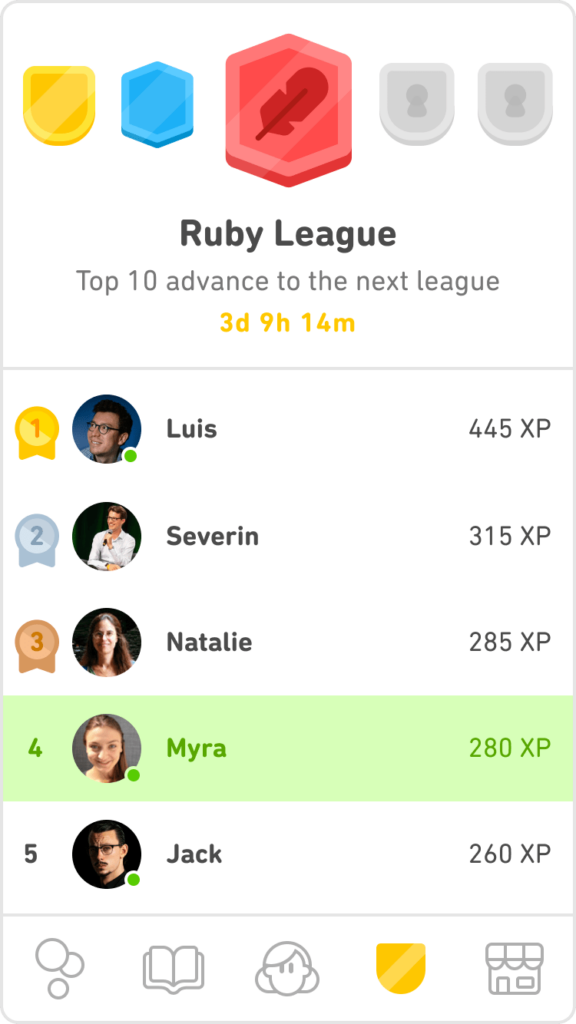
1. Everything is Free on Duolingo!
Unlike other popular Korean learning apps, Duolingo is 100% free. You can even use it on a computer and mobile and sync across all devices.
You may miss some good-to-have but not must-have features like no ads, mastery quizzes, unlimited hearts, practice mistakes, etc.
Yet, the free is good enough for most users. That is why it is the world’s most recognized Korean learning platform.
In the end, you might learn nothing meaningful that can help you in your career or accomplish a more important goal. Still, at least Duolingo gets you started without paying a single penny.
2. Easily Accessible and helps new learners
Duolingo courses teach reading, listening, and speaking abilities in Korean. The strategy is practical and efficient.
It lets you set your own pace per your schedule and learning habits. You are entirely in charge of when and how much you study. You can practice as much as it fits your plan and timetable.
A spaced repetition system (SRS) is a feature that helps users improve their words, grammar, and pronunciation. It also has basic written translation, reading, speaking comprehension, and short stories to help you learn.
Duolingo’s courses combine the best of AI and language research with lessons designed to help you study at your own speed. Thus, the process becomes a personalized learning experience.
3. Entertaining way to learn Korean
Duolingo helps you stay motivated with game-like elements. For instance, exciting challenges, reminders from the friendly mascot, and the owl. The exercise also makes creating a language-learning habit simple.
The Game-based interfaces make learning entertaining and engaging through interactive exercises and characters.
You use it more often because you are eager to finish the tree and get rewarded. But, of course, it may not be the best way to learn a language.
Still, it amuses the learners’ thoughts more quickly and gets them hooked to keep studying.
Also, the course progresses at a relatively slow pace. And it also teaches stuff that applies to what you need to know daily.
5 Disadvantages
The Duolingo app offers many benefits. Yet, it also comes with many difficulties and shortcomings you should consider before taking the plunge.
I have listed five drawbacks below.
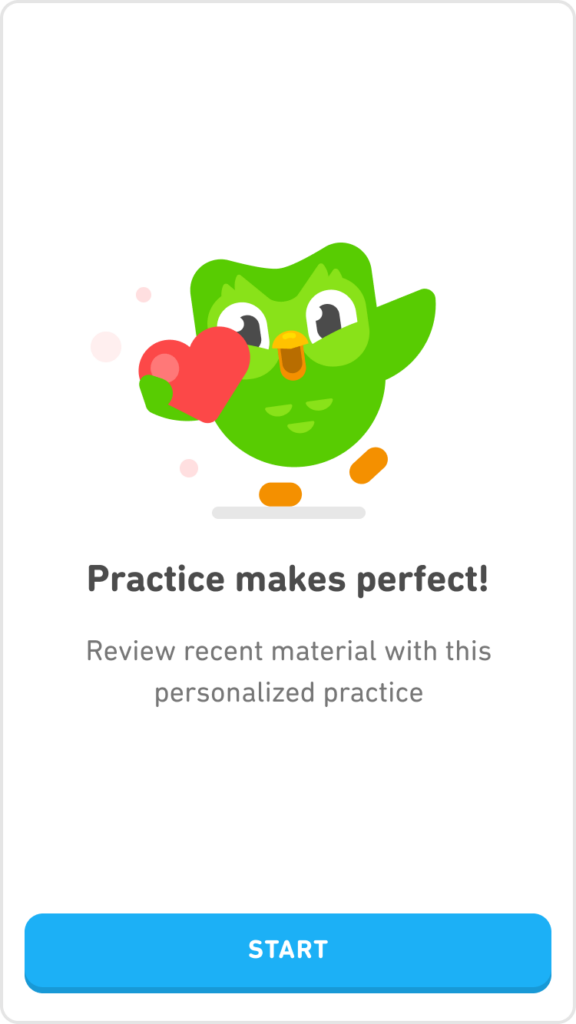
1. It focuses too much on Romanization
Character-based learning is vital in non-Latin languages, especially Chinese, Japanese, and Korean.
As a Korean learner, the focus should be on 한글 (Hangul) from the beginner, and Romanization should be nominal. This can help you study correctly and achieve meaningful fluency.
Duolingo uses too much English. We know this when they express a Hangul vowel with an English letter.
The dependency on English will hamper your progress after the initial level. Plus, it can affect how you read, write, speak, and listen in the future.
For example, the Romanization of the vowels does not reflect how they actually sound. On the positive side, you won’t see much English once you know Hangul.
2. More suited for English speakers
In terms of the Korean language characteristics, there are only a few combinations.
As expected, Korean is available for English speakers and has recently been added for Chinese speakers. Other than that, there are only two options — Korean for Japanese and Chinese speakers.
What if you wish to learn Korean as a Hindi or explore everything Korean as a Spanish native?
They limit the choices compared to English and a few notable European languages, such as French, Italian, and German.
Duolingo centers more on English speakers aiming to learn other languages than other language speakers wishing to study non-English ones.
It may be because they lack the resources to create these courses. The fact that many languages are more colloquial may make it arduous. Creating such a variety can raise many localization issues.
Regardless, your possibilities as a non-English speaker are pretty narrow.
3. Lack of quality content and explanations
Duolingo has launched an alphabet page, which is a great idea. But, first, they should show how to write each letter in broad strokes and enunciate the sounds that each letter produces.
Then, learners combine letters to produce syllables. Yet, they have not completely and accurately integrated the stroke patterns compared to the traditional and actual styles.
Certain letters have taken on several forms. For example, ‘ㅎ,’ which sounds like an English “h” as in “ha,” may be spelled in three ways that are all comparable.
Given how many letters appear to an outsider to be the same, it’s helpful to know that these multiple forms exist and can represent the same letter.
Another issue is the app’s words and sentences are not commonly used. So, rather than focusing on practical use, it adds several irrelevant and nonsensical phrases that do not help Korean language fans.
There is also a lack of proper answers. At the same time, some explanations exist on the website but not in the app. You can check some of it by clicking tips and hints.
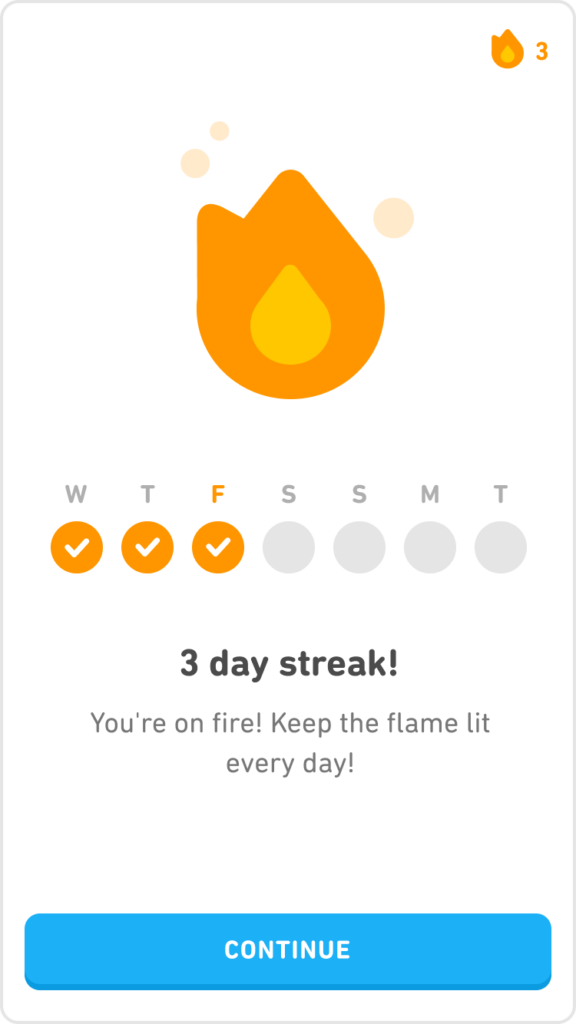
4. Pronunciation is often incorrect with terrible quality
The audio is awful and difficult to hear. If you are a novice with little idea about this language, you won’t learn meaningful on Duolingo Korean.
If you know even a little Korean, you notice that many of the sounds are like each other and are not correct.
They show, for example, that “should be pronounced “eo.” The issue is that it does not suggest what sound “eo” produces.
Some letters in Korean sound different at the beginning of a syllable vs. the end, which isn’t clarified. Also, some double letters sound identical to the single letters in Duolingo’s speakers, making it challenging.
Korean is an honorific language. So, the sound varies depending on the person and situation. Sadly, it does not cover honorifics and how to use sentences correctly in the real world.
5. It is only for beginners and newbies
Are you learning Korean to take the TOPIK test? Perhaps, for academic purposes like higher studies or looking for jobs in Korea for foreigners?
Duolingo can still be a beginning but won’t help you much beyond basic stuff if that is the case. It is undoubtedly not for serious learners with more ambitious goals.
It is only for beginners and not for intermediate and advanced learners. Everything starts and ends at the introductory level!
If you have long-term goals like careers in Korean, immigration, and GKS scholarships for UG or PG, try other alternatives.
You can register with a Korean teacher or a Korean learning center. You can also listen to Korean podcasts, try better Korean apps, and further resources like books, audio, and video lessons.
You should give it a shot. But I’d suggest keeping your expectations low. So you won’t be disappointed after finishing the full Duolingo Korean tree.
The cost of Duolingo
The best part about this language learning application is that most of its features can be accessed without you having to spend any money.
The basic plan, free of cost, covers full access to the lessons. You can even access it on mobile and PC and sync it across all devices.
They also have a paid premium subscription plan. The PLUS plan offers only a slight edge over the basic plan. Recently, the name was changed from Duolingo Plus to Super Duolingo.
The Super plan has features like Unlimited Hearts and Tests, Mastery Quiz, Learning content, and Practice Mistakes. It also has no ads.
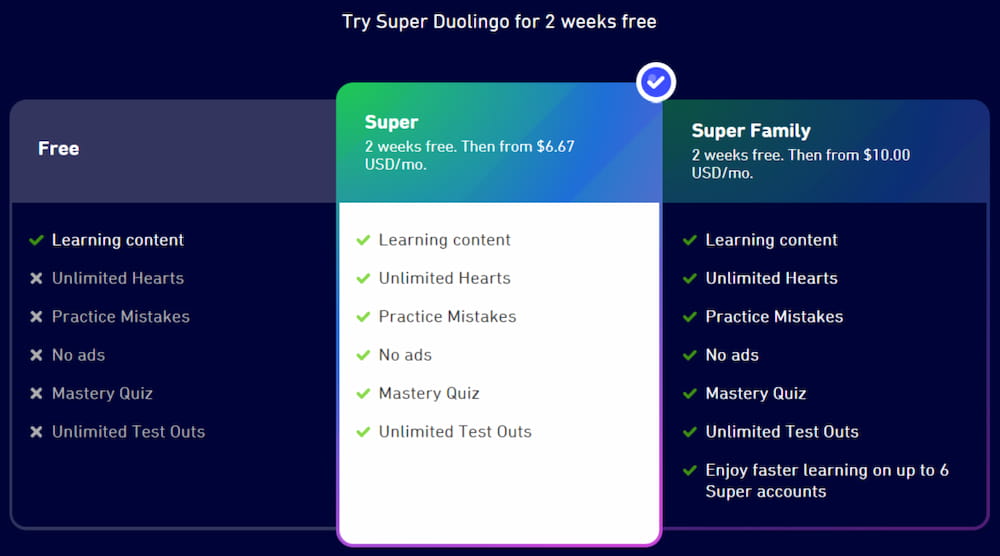
The cost is $6.67/month. It has a Super Family plan for $10/month, and you can have up to 6 super accounts.
Is Duolingo Super Plan worth the money?
The basic plan seems to be sufficient for most language learners. This is because the features offered in the Super plan would not enhance your progress any more than those in the basic plan.
The paid one is ad-free and easily handled by skipping the basic plan.
The Super plan offers extra features. For example, the unlimited number of mistakes and personalized practices help you track your improvement better. This isn’t great unless you want unlimited hearts, tests, etc.
The free version is good enough and worth a shot. In contrast, the paid plan is an option you might leave unexplored.
Final Review of Duolingo — Rating 3.0 / 5

For what it offers, Duolingo may be a fantastic tool.
But whether it is genuinely beneficial depends on your Korean learning style and objectives. Duolingo is a superb option if you need to brush up on your Korean because it uses a repetition strategy.
Duolingo is your app if you want to study in a game-like setting. Finally, it’s ideal for individuals who don’t want to spend money.
For obvious reasons, begin learning Korean using Duolingo if you are a beginner.
Duolingo forces you to make educated guesses about how things work. This may lead to abandoning your Korean studies. Intermediate students may not benefit as much from the content because it is introductory.
Duolingo is not for you if you learn better explanations and wish to learn Korean letters and grammar. Also, students studying for TOPIK exams should know that Duolingo is not a test preparation tool.
Duolingo has a lot to offer while also lacking certain essentials. You can consider a trial, which will take a few minutes of time investment. It is undoubtedly worth a shot for all language-learning enthusiasts.
If you want to share your thoughts or questions on my Duolingo Korean review, write in the comments!


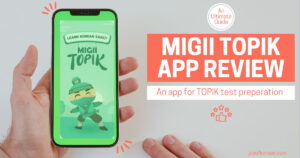









I agree with your judgment. I am learning Korean for 3 months now (5hrs/week) and I think Korean is not a very difficult language, but it is a very different language than English, French, and German. Building sentences and using verbs just works in a different way and in my opinion, you need proper instructions to learn this. The game-like environment of Duolingo is not enough to understand how the language works.
I tried Duolingo to start learning Korean but they don’t teach you how different letters form one sign/symbol/syllable so I started not learning the letters but the syllables, which is just stupid. Duolingo can only work as a secondary learning tool when you get some instructions from elsewhere but even then, it teaches phrases like 안녕하십니까 which are rarely used, instead of the standard greeting, that’s just weird.
I am slowly trying to use Duolingo to become familiar with the Korean language. One thing I have found frustrating at my current level in the sequence is that words are not broken down into particles like subject marker and so on (morphology).I discovered I could ask ChatGPT to break things down so I can understand what’s going on. I’m also trying to learn Duolingo Japanese, and they spend time on that issue specifically, so it is much easier to understand how all the pieces fit together.